Nature’s Toothless Wonders
One of the most wonderful things about our planet is the diversity of life that lives here. Scientists estimate that there are about 8.7 million different species on Earth. And almost without exception, every living organism needs to “eat” in order to survive.
While there are different ways organisms consume the energy and nutrients they need (plants, for example, get what they need from the sun and their roots), the vast majority of animals use their mouths. And most of those animals have teeth to help them bite and chew their food so it’s easier for them to swallow. There are a few, however, that don’t have any teeth (and no, we aren’t talking about grandma!)
Many animals without teeth belong to a single order of animals and are called Edentates! These animals have mouths where they ingest food, but they’ve developed a bit differently than animals with teeth. Let’s take a look at some of these toothless creatures and see how they are still able to fill their bellies!
Anteaters
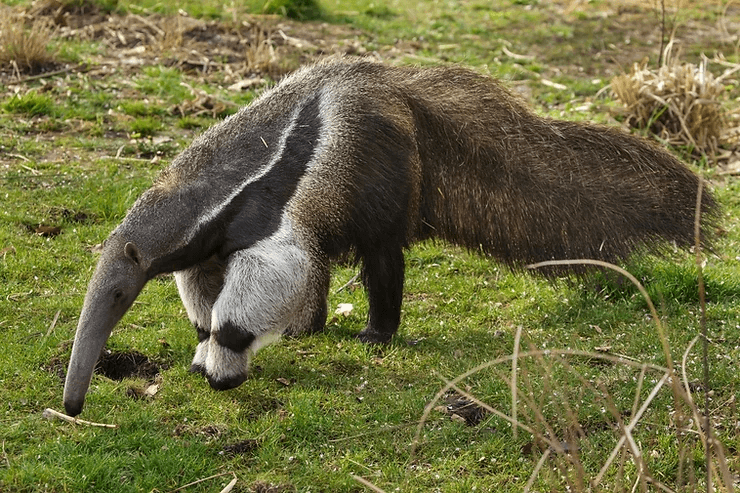
Bees
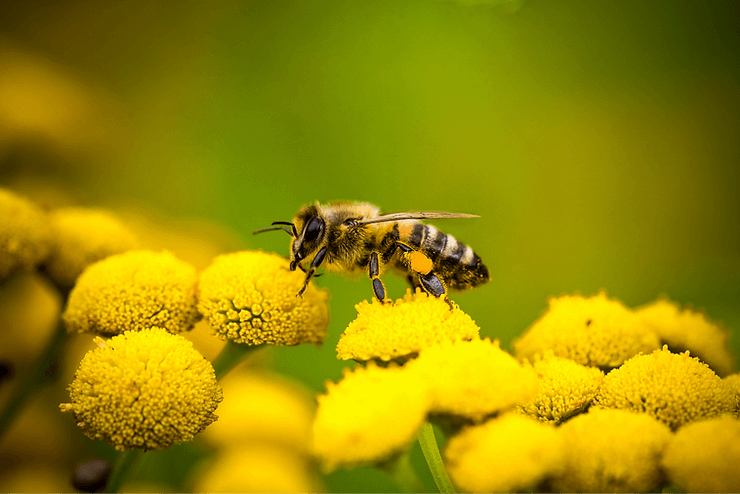
Turtles
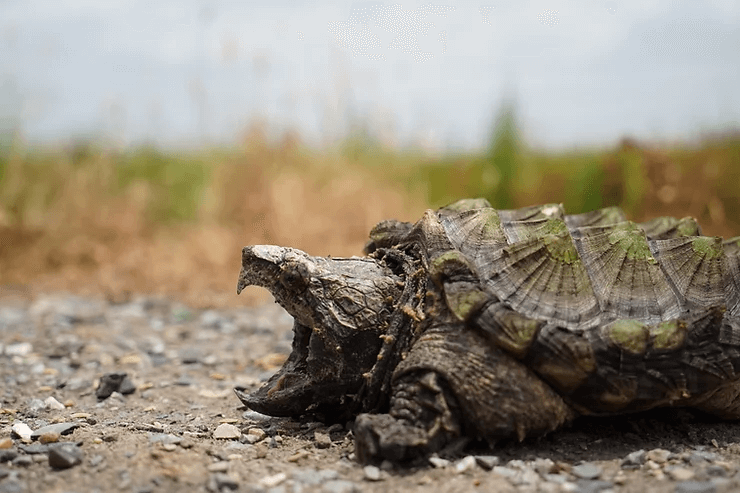
Pangolin
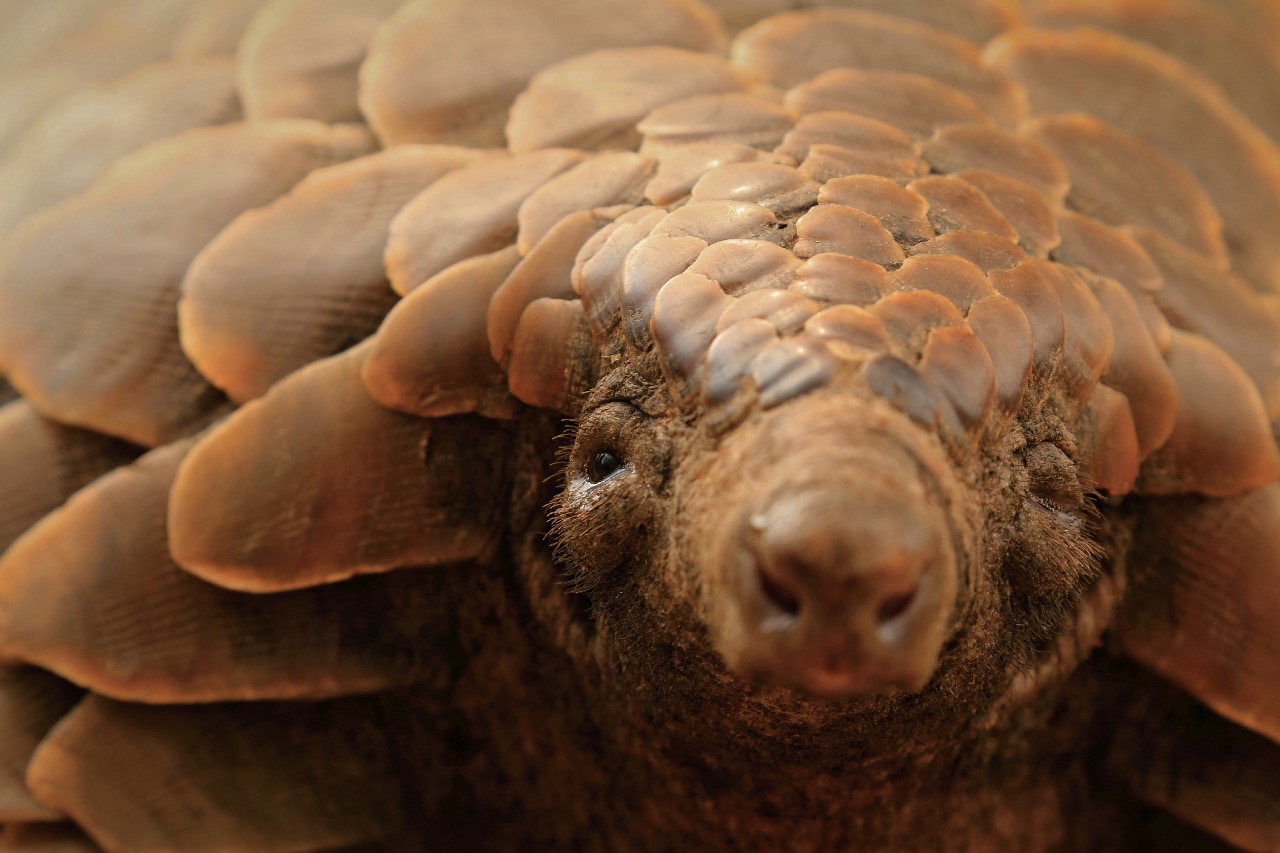
Platypus

Spiders
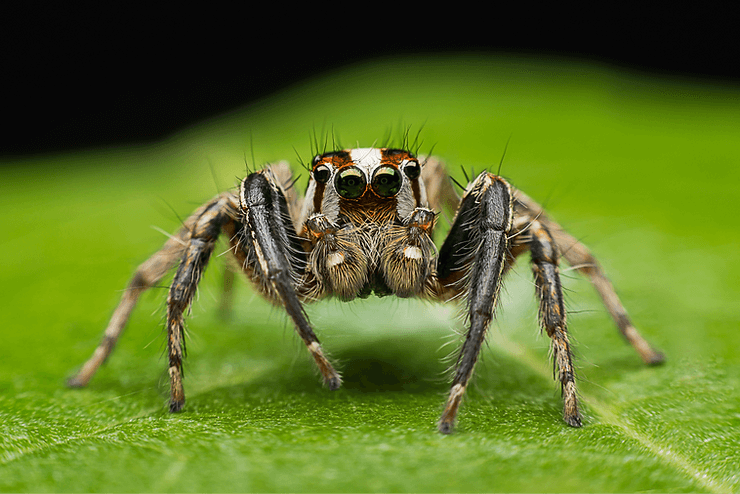
Scorpions
Scorpions are part of the Arachnid family, the same as spiders. They have two big pincher claws in front and a tail with a stinger on the end that curves over and above their heads. They use the pinchers to catch their prey, and they swing their tail down and poison them with their stinger. While the venom in their stinger is used to paralyze their prey, they also use it to protect themselves from larger predators. Most other creatures have learned to stay away from these dangerous creatures; besides, there are far easier and less dangerous prey out there to catch!
Worms
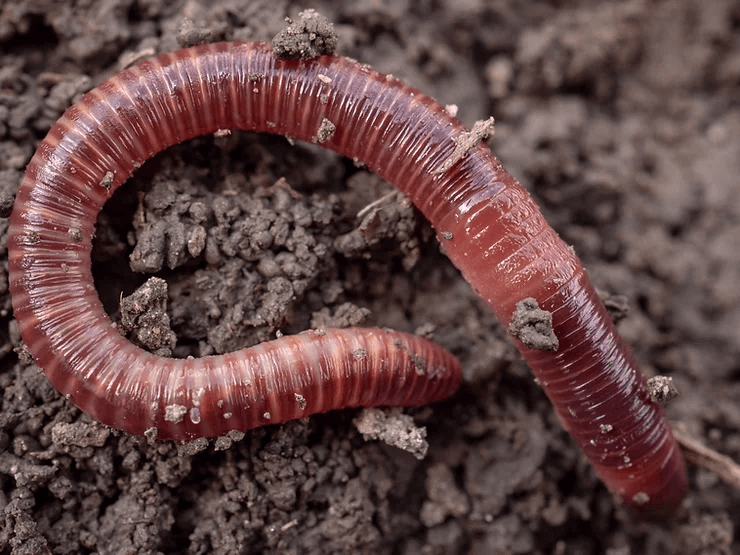
These creatures spend their days crawling underground or swimming in water, getting the nutrients they need by ingesting the dirt or water that’s around them. There are many types of worms, and their sizes vary from microscopic – which means you can only see them with a microscope – to over ten feet long!
Tamanduas
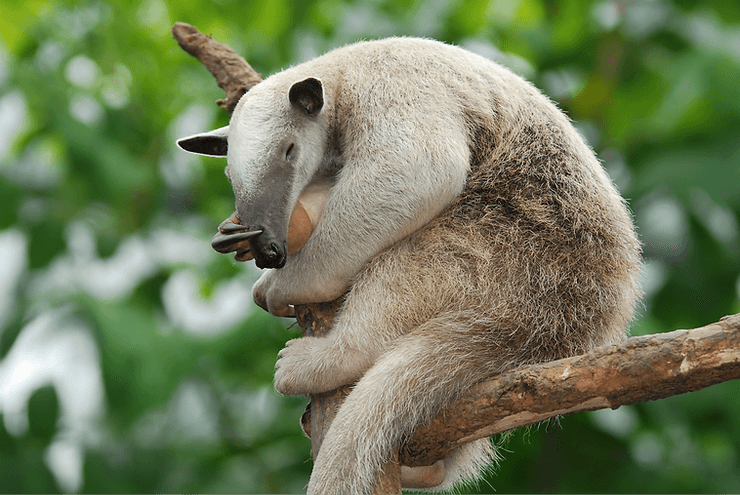
The tamandua is also a cousin of the anteater. Their favorite foods also include ants and termites, but in captivity they’re known to eat fruits and vegetables. But unlike their cousins, they prefer to live in trees and not on the ground.
Birds
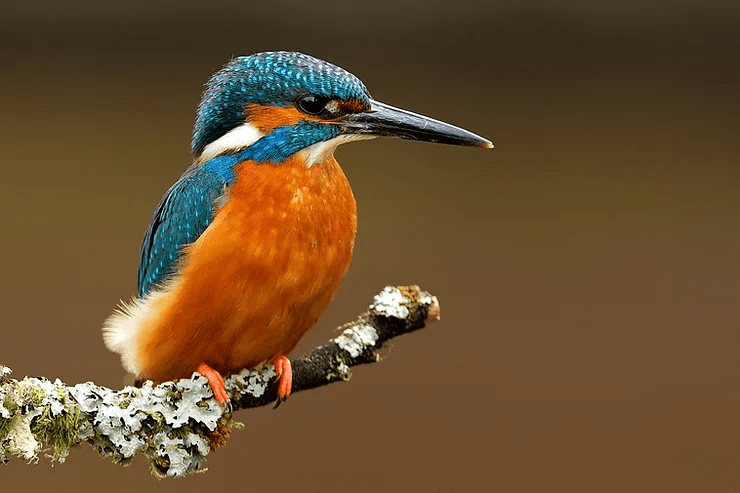
Probably the most famous toothless animal, birds swallow their food whole and depend on the gizzard in their stomachs to help them digest their food. The gizzard is an organ that grinds food down with the help of small stones and other particles.
Depending on what type of bird, their diets are pretty varied. Smaller birds tend to eat nuts, seeds, and fruits, while larger birds will catch insects, fish, or other small animals.
If you were a bird, what type of bird would you want to be? And would you take into consideration what they eat when making your decision?
Bonus Animal!
Luna Moth
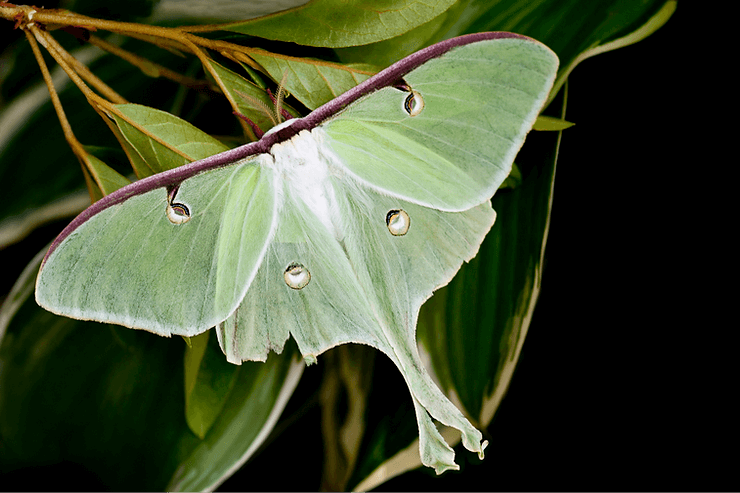
Now here is a super unique creature that you’ve probably never heard of – the Luna Moth. This fascinating bug eats everything it will ever eat when it’s a caterpillar. Once it goes into its cocoon and emerges as a moth, it only lives for about a week, but during that time it doesn’t eat because not only does it not have teeth, it doesn’t have a mouth or digestive system!
Which of these animals is your favorite? Let us know the next time you come in for your dental treatment!
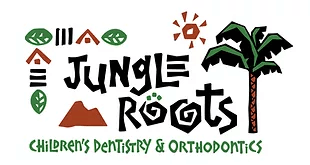
At Jungle Roots Children’s Dentistry & Orthodontics, we strive to provide the highest comprehensive pediatric and orthodontic dental care in a unique, fun-filled environment staffed by a team of caring, energetic professionals. We believe the establishment of a “dental home” at an early age is the key to a lifetime of positive visits to the dentist.



















